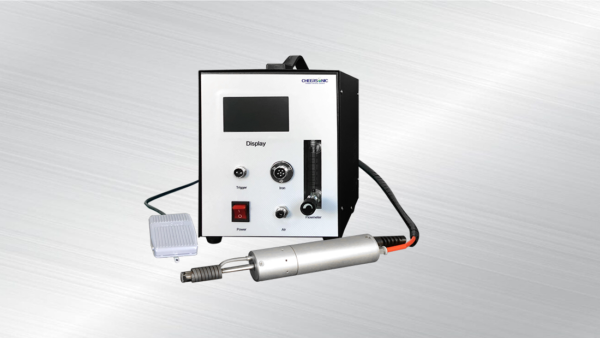Glass Fibre Soldering
Glass Fibre Soldering – Ultrasonic Soldering Iron – Cheersonic
Glass fibre is an excellent inorganic non-metallic material with a wide variety of properties. Its advantages include good insulation, strong heat resistance, good corrosion resistance, and high mechanical strength, but its disadvantages are brittleness and poor wear resistance. It is made of pyrophyllite, quartz sand, limestone, dolomite, boehmite and boehmite by high-temperature melting, drawing, winding, weaving and other processes. The diameter of the monofilament is several microns to more than 20 microns, equivalent to 1/20-1/5 of a hair. Each bundle of fiber precursors is composed of hundreds or even thousands of monofilaments. Glass fiber is commonly used as a reinforcing material in composite materials, electrical insulation materials, insulation materials, circuit substrates, and other fields.
The tip of ultrasonic soldering iron vibrates at ultrasonic frequencies. This vibration induces cavitation in the molten solder, which breaks up and removes oxides and promotes wetting. Ultrasonic soldering iron enables the easier joining of hard-to-solder materials which are known as impossible or difficult to be soldered in conventional soldering. Eco-friendly soldering is achieved by fluxless soldering and no post treatment to remove flux. The ultrasonic soldering technology is widely used in glass fibre. The ultrasonic soldering iron of Cheersonic produces high quality soldered joints. Using the solder alloy, can easily solder directly to glass, ceramics and other low solderability materials.
Cheersonic is an expert manufacturer of ultrasonic equipment. We have focused on ultrasonic soldering technology more than 20 years. The ultrasonic technology and automated system are researched and developed all by ourselves. In our sample and testing studio we are offering the testing of your material. According to the needs and testing result, Cheersonic would customize ultrasonic solutions for you.

